15 Beginner-Friendly Tips for Making Compost at Home
Making your compost at home is easier than you might think. It helps cut down on kitchen and yard waste while giving your plants a natural boost. You do not need fancy tools or a big backyard to get started. With the right mix of materials and a little care, your compost can turn into rich soil in just a few months. It is a simple way to reuse what you already have. Plus, it is a good habit that benefits your garden and the environment.
This post may contain affiliate links, which helps keep this content free. Please read our disclosure for more info.
Start With a Dedicated Compost Bin or Pile
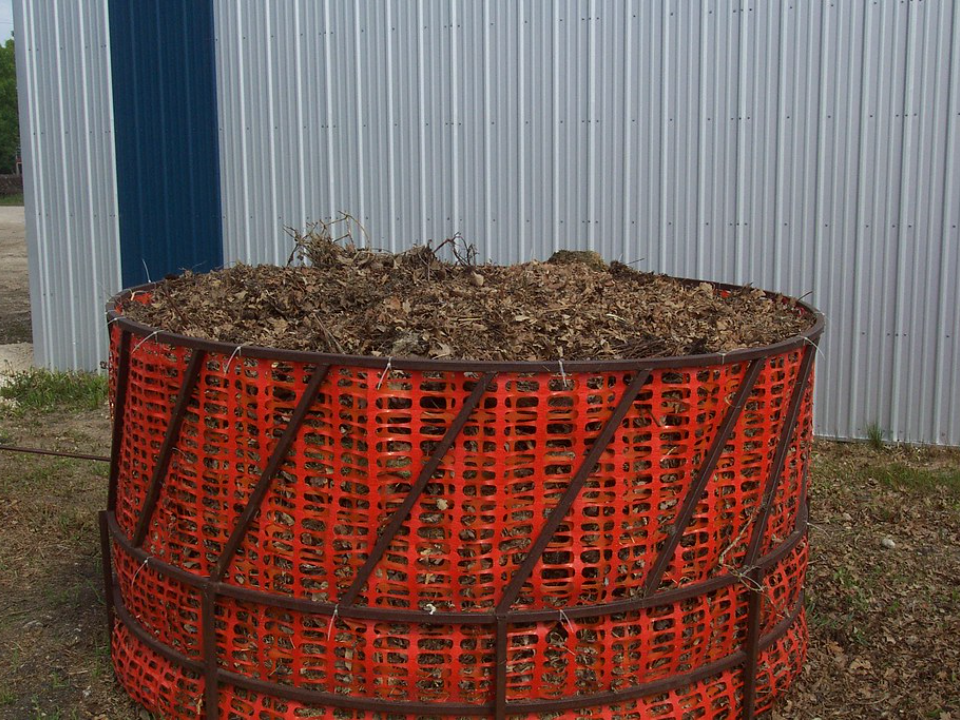
Having a dedicated bin or pile helps keep your composting organized and contained. Whether you are using a store-bought container or building one from wood pallets, make sure it has proper airflow and easy access for turning the materials. Some people prefer an open pile in a shaded corner of the yard, while others like a closed bin to avoid any mess.
The size of your bin should match the space available and the amount of waste you plan to compost. A good rule is to start small and expand later. Proper airflow is important to avoid odors and speed up decomposition. Keep it off concrete if possible to allow soil organisms to enter from underneath.
Use a Mix of Green and Brown Materials
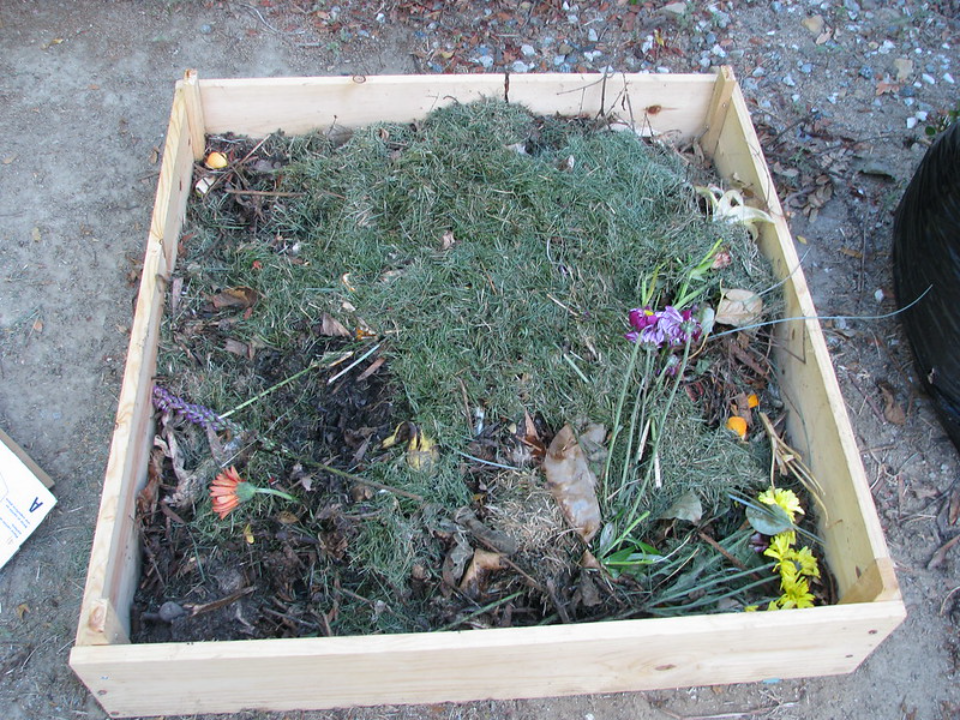
A healthy compost pile needs a mix of wet and dry materials. Greens are things like fruit scraps, vegetable peels, coffee grounds, and grass clippings. These provide nitrogen, which helps break everything down faster. Browns are dry materials like dried leaves, shredded newspaper, cardboard, and twigs.
Balancing the two types helps prevent your compost from becoming too smelly or too dry. A good rule is to use about two or three parts brown to one part green. If it starts to smell bad, add more brown. If it seems dry and nothing is happening, add more green and a little water.
Keep the Pile Moist but Not Wet
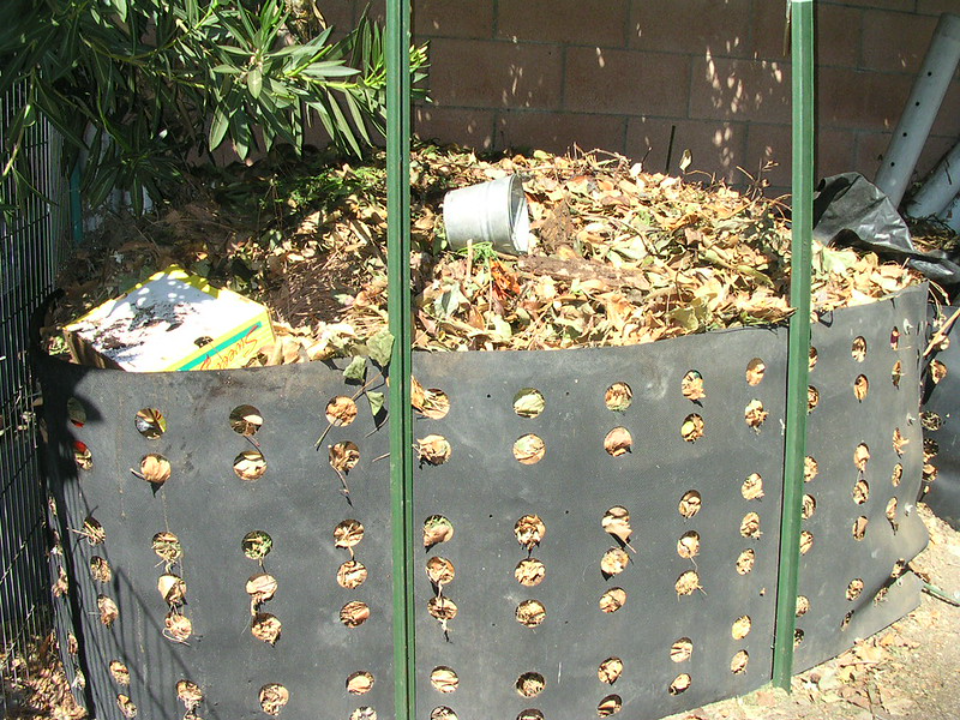
Compost needs moisture for microbes to do their job, but too much water will turn the pile into a soggy mess. A good texture to aim for is like a wrung-out sponge. You can sprinkle water over the pile using a watering can or hose if the weather has been dry for a while.
Check the pile each week to make sure it feels damp but not soaked. If your pile is covered, it may need water added more often. On the other hand, if it rains a lot, consider placing a tarp over it so it does not get waterlogged. Getting the moisture level right helps speed up the process and avoid problems.
Chop Large Items into Smaller Pieces

Smaller pieces break down faster in a compost pile. If you add whole fruits, corn cobs, or large sticks, they may sit there for months without changing. Cutting them into smaller bits helps microbes and insects break them down quicker.
Use garden shears or a kitchen knife to chop vegetable peels, stems, and fruit scraps. Dry leaves can be shredded by running over them with a lawn mower. It may take extra time up front, but you will get usable compost sooner. This step is especially useful if you are composting indoors or in a small container.
Turn the Pile Regularly
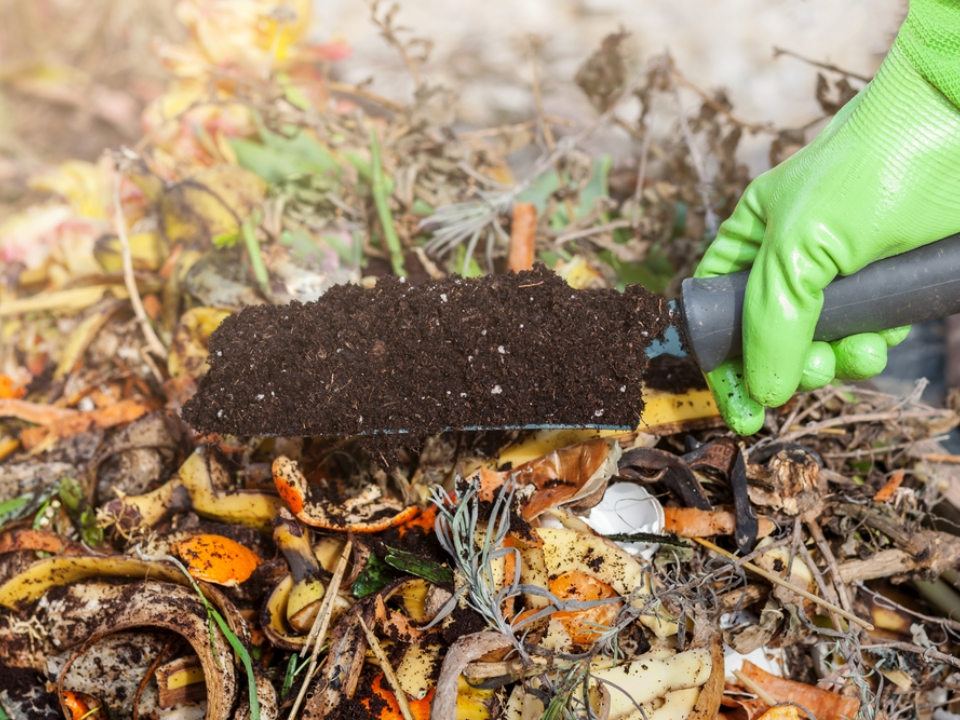
Turning your compost helps air get in and mixes up the materials. This is important because the microbes that break things down need oxygen. When you turn the pile, you also help spread moisture and heat evenly throughout the pile.
Try to turn it once a week using a garden fork or shovel. If you are using a tumbler bin, give it a few spins every few days. Do not worry if you miss a week, but regular turning does help everything break down faster and more evenly.
Avoid Adding Meat or Dairy Products
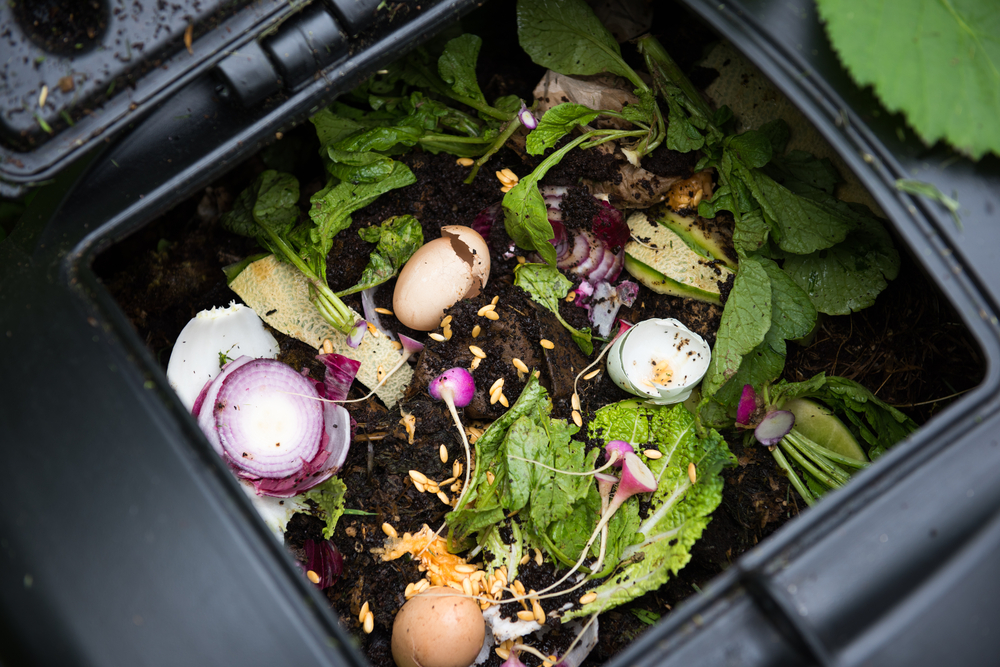
Meat, cheese, milk, and oily foods are not good for home compost piles. They break down slowly and can attract unwanted animals like rats or raccoons. These items also tend to smell bad as they rot, which can cause problems with neighbors.
Stick to fruit and vegetable scraps, coffee grounds, eggshells, and plain grains. If you want to compost meat or dairy, you will need a special setup that handles higher temperatures. For basic home composting, it is easier to leave them out.
Keep a Kitchen Scrap Container Handy
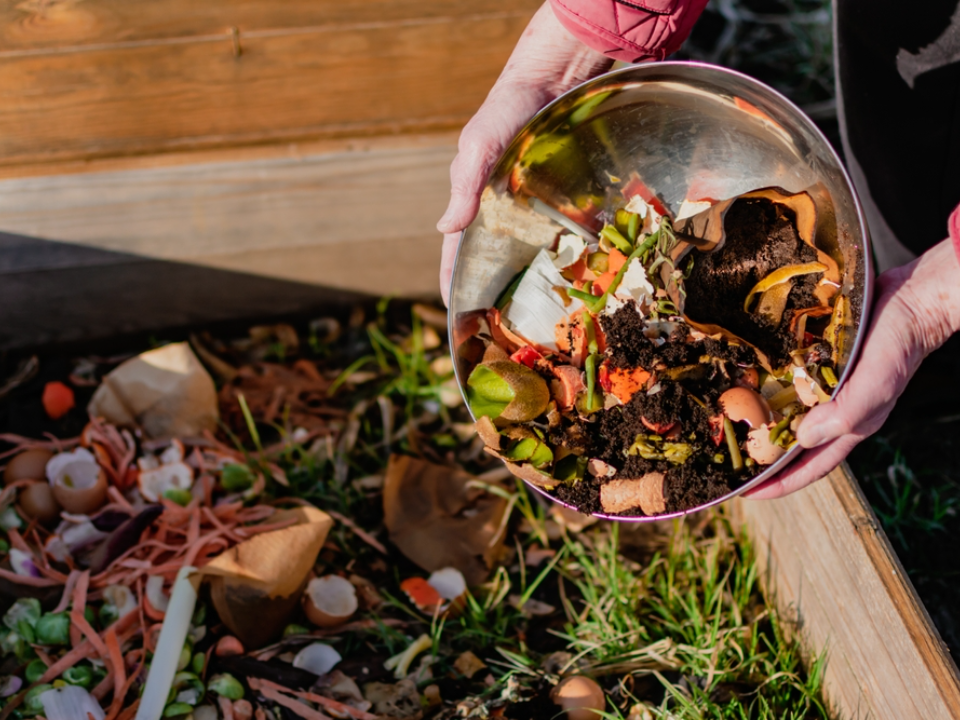
Having a container on your kitchen counter makes composting easier. You can toss banana peels, apple cores, and coffee filters into it while you cook. This cuts down on waste and makes it more likely you will stick with the habit.
Choose a container with a lid to keep smells in and flies out. You can use a metal pail, a plastic container, or even a large jar. Empty it into your outdoor pile every couple of days to avoid buildup. Some people keep theirs in the fridge to slow spoilage.
Use Finished Compost in Your Garden
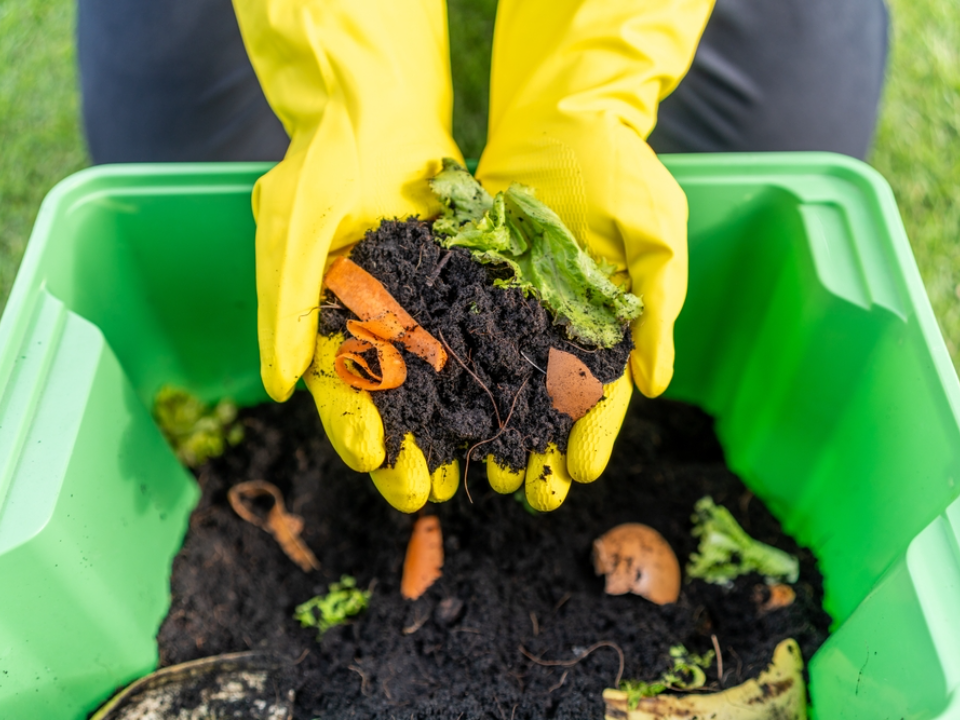
When your compost turns dark and crumbly and smells like earth, it is ready to use. This finished compost is full of nutrients and is great for your garden, flower beds, or even potted plants. It helps improve soil texture, keeps moisture in, and feeds your plants naturally.
You can spread a layer on top of your soil or mix it in before planting. Avoid using it too early if there are still large pieces of food or twigs. If in doubt, let it sit for a few more weeks. Good compost will always improve your garden over time.
Do Not Add Diseased Plants

While most plant matter is great for composting, avoid adding anything with signs of disease or fungus. These problems can survive in the pile and return to your garden later. Moldy fruit is usually fine, but blighted tomato plants or powdery leaves are not.
It is better to throw these in the trash or burn them if allowed in your area. If you are composting garden waste regularly, be careful during fall cleanups. When in doubt, leave it out. Keeping your compost clean now helps your garden stay healthy later.
Use Eggshells for Calcium

Eggshells are a great way to add calcium to your compost. They take a while to break down, so crushing them first helps speed things up. Rinse them out before tossing them in to keep your bin from smelling.
Calcium helps prevent issues like blossom-end rot in tomatoes. While eggshells may not change the whole pile much, they are a nice addition over time. If you use a lot of eggs in your cooking, they are an easy free source of minerals for your garden.
Keep Out Weeds with Seeds
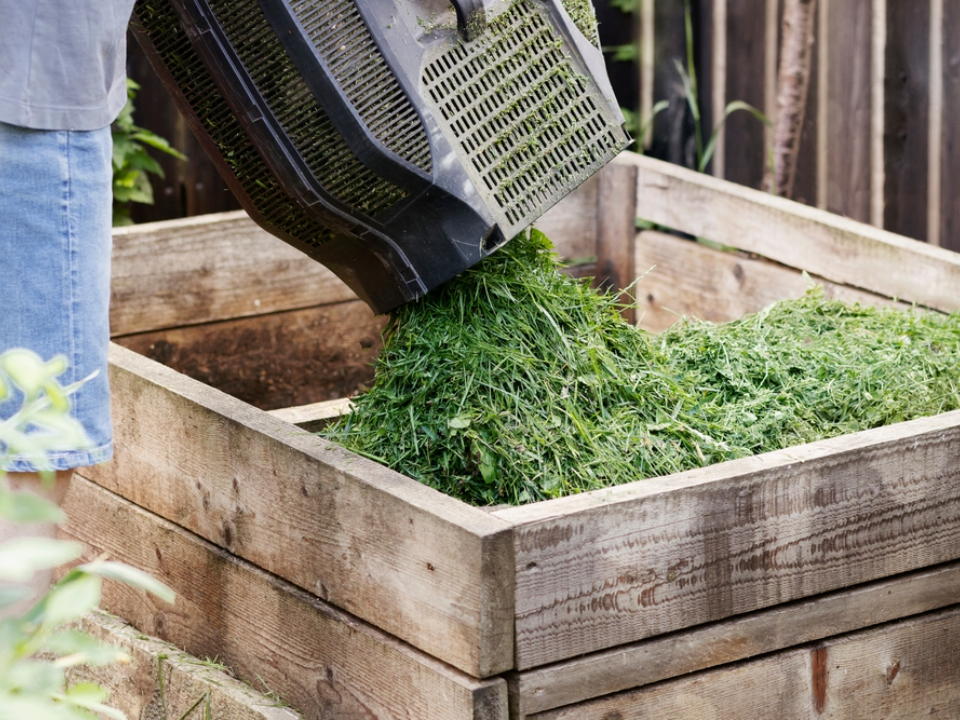
It may seem like a good idea to compost pulled weeds, but you should be careful. If the weeds have gone to seed, those seeds can survive in the compost and end up back in your garden. That means more weeding later on.
If you want to compost weeds, do it early in the season before seeds have formed. You can also let them dry out fully before adding them to the pile. A very hot compost pile might kill the seeds, but it is not worth the risk if you are unsure.
Maintain a Balance of Wet and Dry
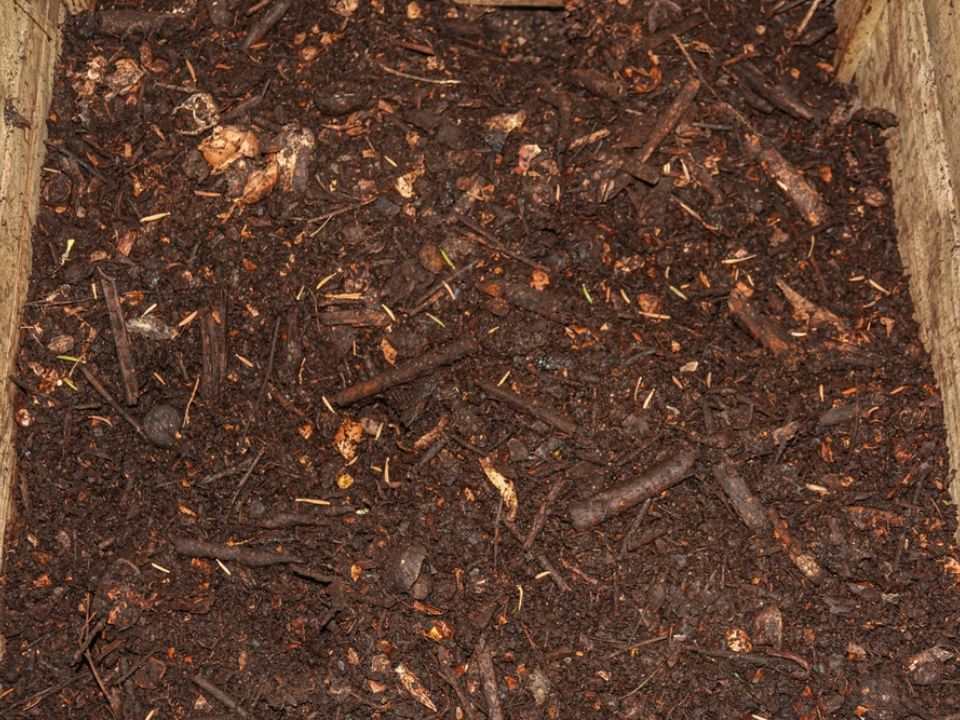
Getting the right mix of moisture is key for composting success. Wet items include food scraps, coffee grounds, and fresh grass. Dry items include newspaper, straw, and dead leaves. If you have too much of one, things will either smell bad or take forever to break down.
Keep an eye on how things are breaking down. If the pile seems slimy, toss in more dry material. If it is dry and nothing is happening, add some moist food waste or a sprinkle of water. A balanced mix helps keep things moving along.
Choose the Right Location for Your Pile

Where you place your compost pile can affect how well it works. A spot with partial shade is helpful because it keeps the pile from drying out too quickly. Avoid placing it directly against wooden fences or walls since moisture may cause damage over time.
Pick a spot that is easy to reach from your kitchen and garden. If it is too far away, you might forget to use it. A little convenience goes a long way when building habits. Also, keep it out of low areas where water collects.
Add Used Coffee Grounds
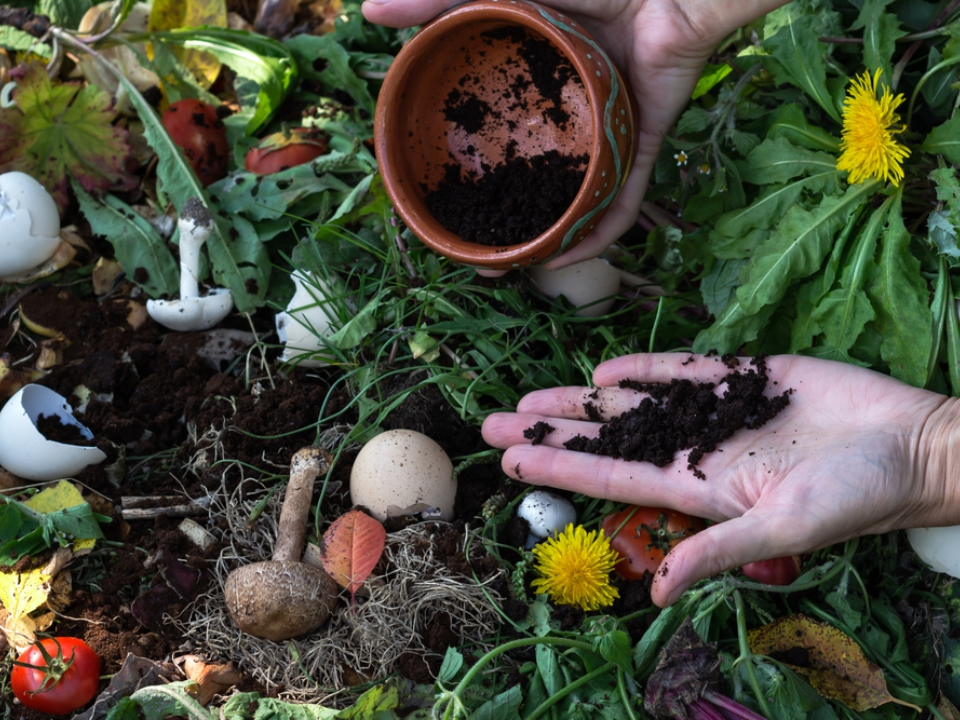
Coffee grounds are a rich source of nitrogen, making them a valuable addition to any compost pile. They count as a green material even though they look brown. You can also compost the paper filters they come in.
Do not add too many grounds at once. Spread them out or mix them in to keep the pile balanced. Used coffee grounds can help speed up decomposition and add helpful microorganisms to your mix.
Add Fallen Leaves in Autumn
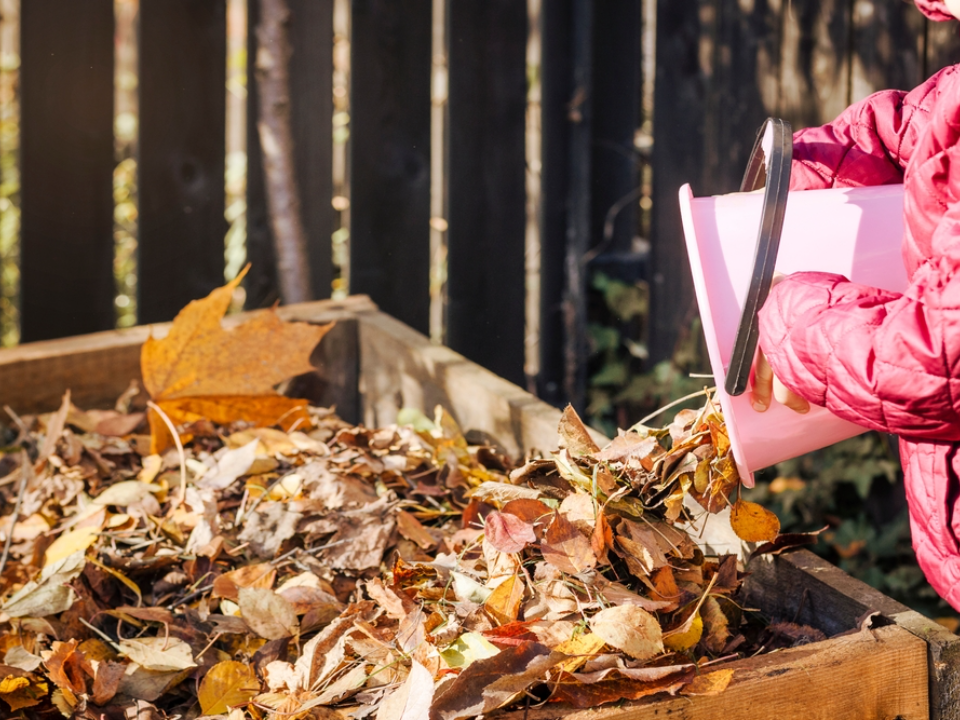
Fall is a great time to gather dry leaves for composting. They are high in carbon and make an excellent brown material. Bag them up and store them near your compost area for use all year round.
Before adding them to your pile, run over them with a mower to break them into smaller pieces. This helps them break down faster. Leaves also help absorb excess moisture from food scraps.
This article originally appeared on Avocadu.
